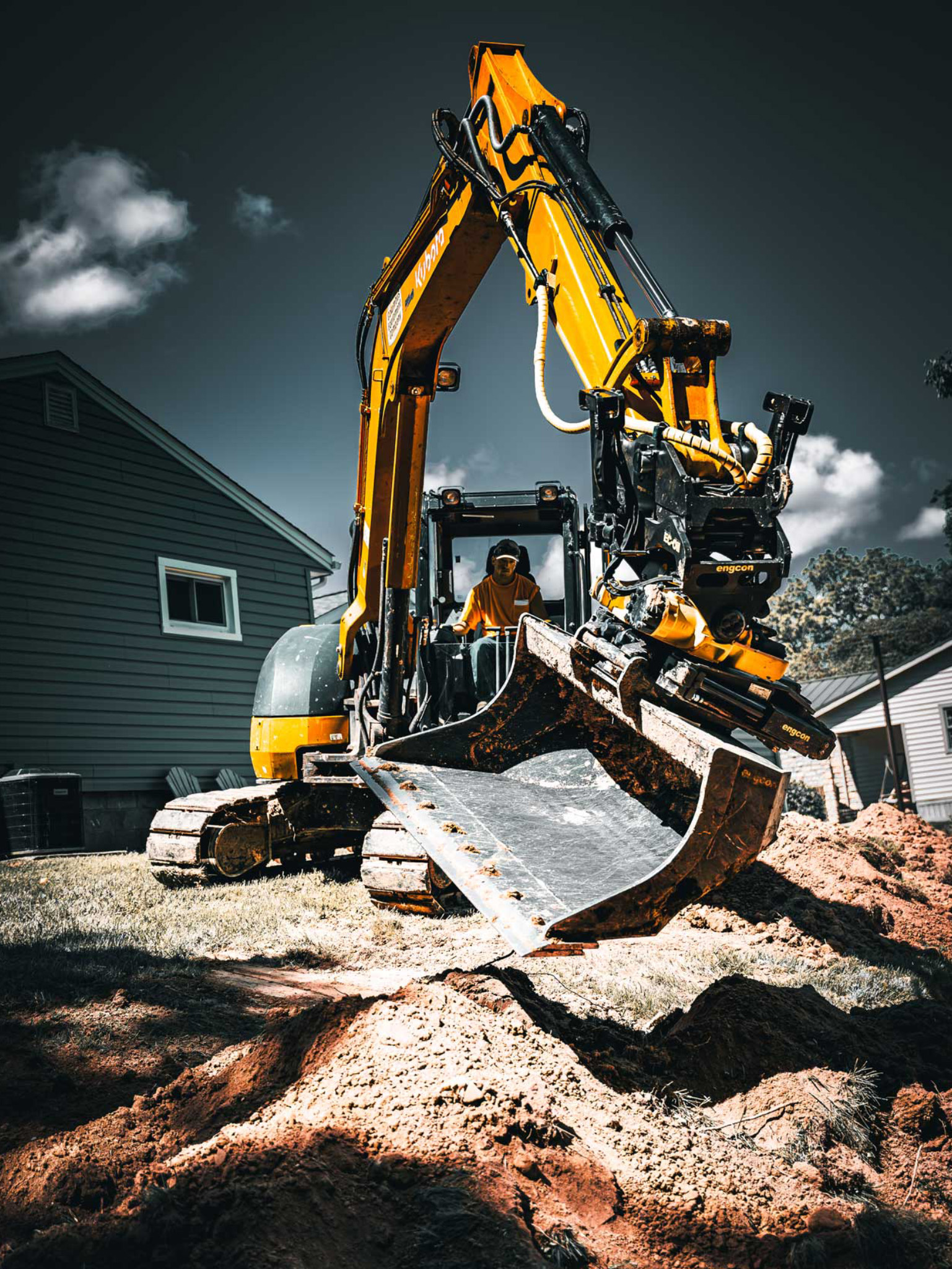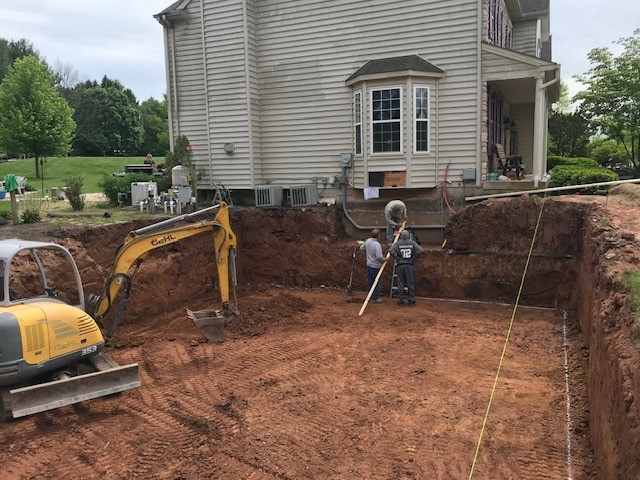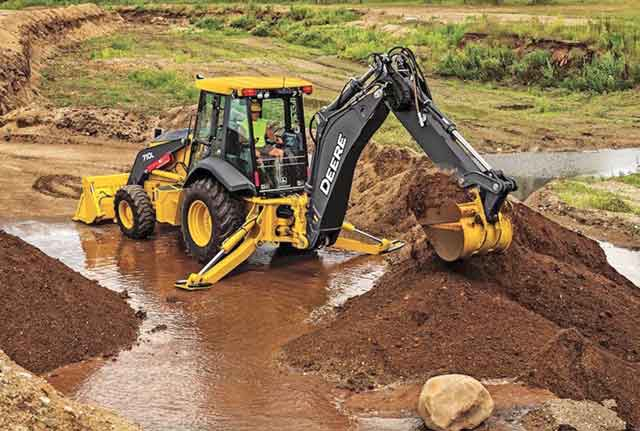Ideal Dump Truck Companies in Ohio - Top-Rated Dump Truck Providers
Ideal Dump Truck Companies in Ohio - Top-Rated Dump Truck Providers
Blog Article
Revealing the Art of Excavation: Pro Tips for Safe and Productive Excavating
As soil is turned and earth is relocated, the complexities of excavation disclose themselves, demanding an eager understanding of equipment, soil structure, safety protocols, and ecological considerations. The proficiency required to navigate these aspects successfully can imply the distinction between a successful excavation task and a potential disaster.
Relevance of Correct Tools
To make sure the security and performance of any kind of excavation job, utilizing the suitable tools is vital. The right devices not just boost productivity however additionally alleviate threats linked with digging. Excavation projects vary in range and intricacy, varying from small residential landscape design work to massive building tasks. No matter of the project size, having the appropriate devices can make a significant distinction in the end result.
Excavators are fundamental items of machinery in any kind of digging operation. These flexible machines been available in numerous dimensions to match various job needs. Miniature excavators are ideal for smaller sized tasks, while bigger excavators take on much more comprehensive projects successfully. Backhoes are one more essential devices type, incorporating the features of a loader and an excavator in one device. They are valuable for tasks calling for adaptability and maneuverability.
Excavators stand out in jobs that require pressing large quantities of dirt or particles. By investing in the proper equipment, excavation jobs can be finished securely, on time, and with precision.
Comprehending Dirt Composition
A detailed understanding of soil structure is essential for implementing excavation tasks with accuracy and security. Comprehending the various kinds of soil is important as it directly impacts excavation techniques, devices option, and overall task effectiveness. Soil structure typically contains four major components: sand, silt, clay, and raw material. Each element has special residential or commercial properties that affect how dirt responds to excavation procedures.
Sand bits are the largest and offer excellent drain yet provide little communication. Silt bits are smaller sized than sand however larger than clay, using moderate drain and cohesion. Clay particles are the smallest and give high communication however poor drain. Organic issue, such as decaying plant product, affects soil fertility and security.
Prior to starting excavation, conducting soil tests to identify its make-up and characteristics is crucial. This details aids in choosing the appropriate equipment, carrying out precaution, and creating excavation methods tailored to the certain dirt problems - excavating ohio. By recognizing soil make-up, excavation experts can boost task results while ensuring security and adherence to ideal methods
Precaution and Methods
Recognizing soil composition is the foundation upon which precaution and procedures for excavation projects are developed, making certain the health of employees and the success of the undertaking. There are a number of vital measures that must be implemented to alleviate risks and stop crashes. when it comes to safety during excavation.
Firstly, before any kind of excavating starts, an extensive examination of the website should be conducted to determine any type of potential hazards such as below ground utilities, unstable soil conditions, or close-by structures that might pose a risk. It is vital to have a competent person oversee the excavation procedure to make sure that all safety and security procedures are adhered to purely.
In addition, all workers included in the excavation must be appropriately educated in safe digging techniques and the appropriate procedure of tools. By sticking to these security procedures and procedures, excavation tasks can be completed successfully and without event.
Effective Excavation Preparation
When getting started on an excavation task, careful planning is important to make certain effectiveness, security, and successful end results. Efficient excavation planning entails a number of essential Get More Information actions that are critical for the smooth implementation of the project. The initial step is to perform a detailed website assessment to recognize any prospective threats, such as underground energies or unpredictable dirt problems. This details is essential for developing a detailed excavation strategy that consists of precaution and run the risk of reduction approaches.
When the website evaluation is full, the next action is to develop a clear timeline and schedule for the excavation tasks. This consists of identifying the series of jobs, equipment demands, and workforce appropriation. Appropriate organizing helps prevent hold-ups and ensures that the project remains on track.

Additionally, interaction amongst all staff member is extremely important throughout the preparation stage. Clear instructions, normal updates, and efficient sychronisation are necessary for a successful excavation project. By spending time and effort in meticulous preparation, excavation teams can dramatically improve efficiency, reduce dangers, and accomplish successful outcomes.

Handling Ecological Factors To Consider
With boosting emphasis on ecological sustainability in building practices, taking care of ecological factors to consider has actually become a vital element of excavation projects. Excavation tasks have the prospective to affect the surrounding setting via dirt disintegration, sediment overflow, environment disturbance, and contamination of water resources. To minimize these risks, it is necessary to carry out best practices that prioritize environmental management.

Additionally, appropriate waste monitoring is critical to avoid dirt and water contamination. Applying procedures for the disposal of dangerous materials, recycling of waste materials, and reducing the use of harmful chemicals can significantly lower the environmental influence of excavation jobs. By integrating these practices into excavation preparation and execution, building and construction firms can guarantee that their projects are not only secure and effective yet likewise ecologically accountable.
Conclusion
Finally, grasping the art of excavation requires an extensive understanding of appropriate equipment, dirt make-up, precaution, and effective preparation. By complying with these standards and thinking about environmental variables, excavations can be conducted securely and efficiently. It is crucial sites to prioritize safety and security and efficiency in every excavating job to ensure effective results.
As dirt is go to my site turned and planet is moved, the intricacies of excavation expose themselves, demanding a keen understanding of devices, dirt composition, safety and security protocols, and ecological considerations.To guarantee the security and performance of any excavation project, utilizing the ideal equipment is vital.A detailed grasp of soil composition is basic for executing excavation jobs with accuracy and safety. Recognizing the different types of soil is vital as it directly affects excavation techniques, tools option, and general task efficiency. By recognizing soil structure, excavation experts can boost project results while guaranteeing safety and adherence to ideal practices.
Report this page